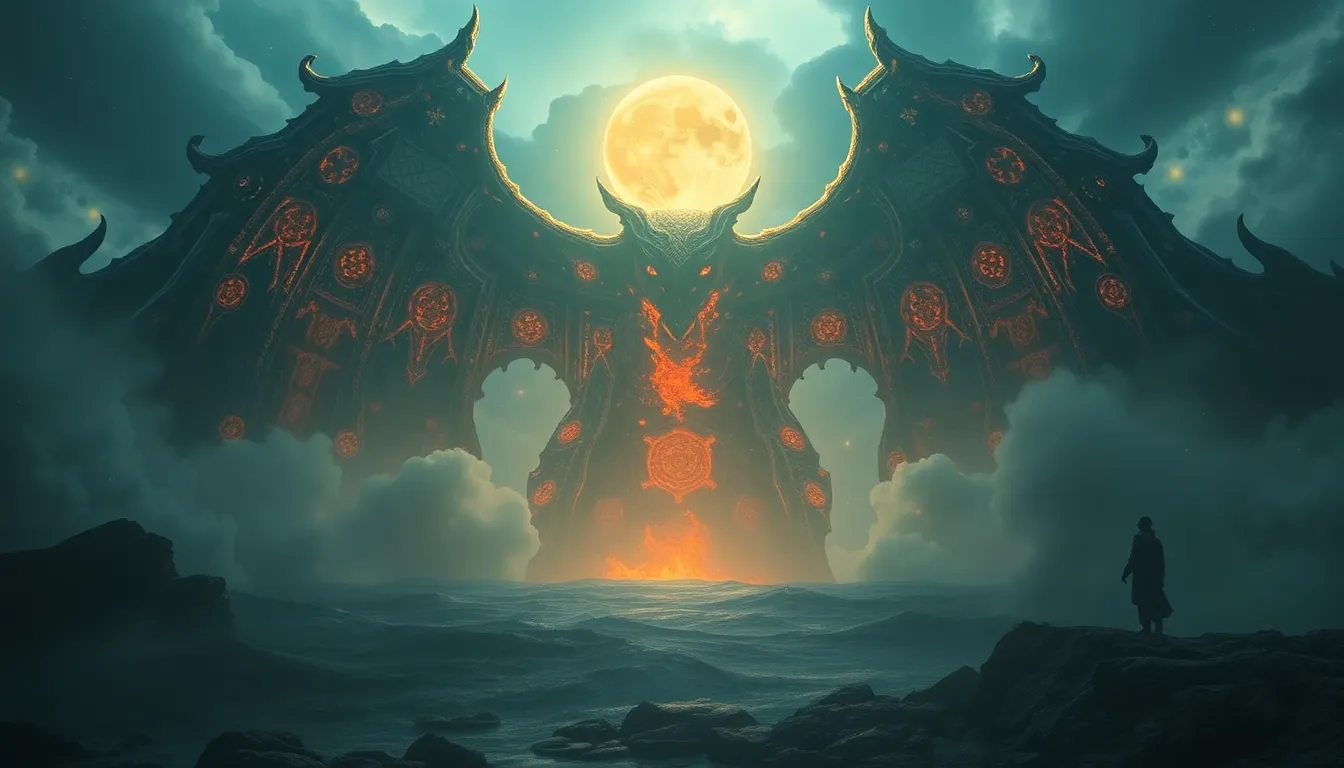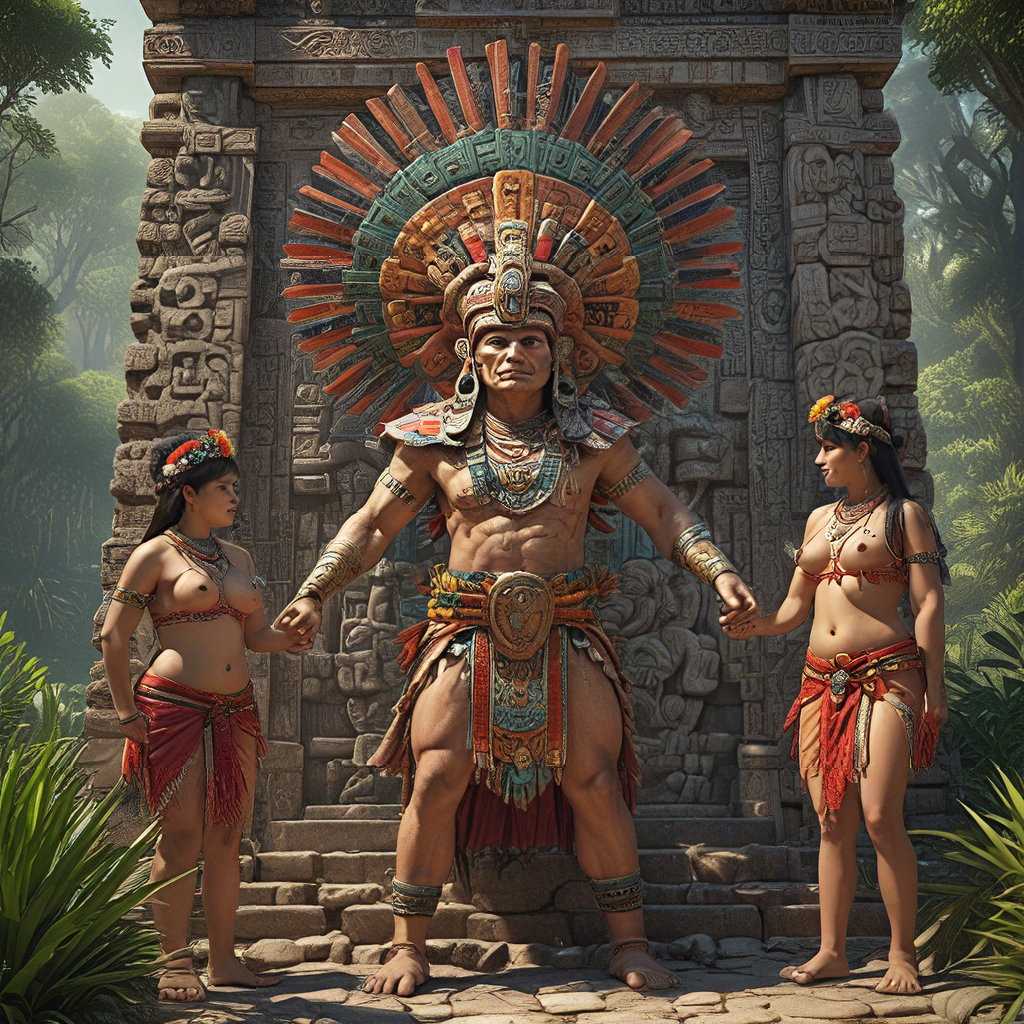The Sacred Horizon: Exploring the Edges of Mythology
Introduction to Mythology
Mythology is a collection of stories, beliefs, and traditions that are integral to the cultural fabric of societies around the world. These narratives often explain the origins of the world, the nature of humanity, and the relationship between the divine and the mortal. Mythology serves not only as a tool for understanding the universe but also as a means of conveying moral values and cultural identity.
At the heart of many mythological narratives lies the concept of the sacred horizon—a metaphorical boundary that represents the limits of human understanding and experience. This horizon often marks the transition from the known world into the realm of the unknown, where gods, monsters, and extraordinary events reside. As such, the sacred horizon is a crucial element in the exploration of mythology, bridging the tangible and intangible realms of existence.
The Concept of the Sacred Horizon
The sacred horizon manifests in various ways across different mythological traditions. It often symbolizes the edge of the known world, where reality and imagination converge. In many cultures, this horizon is depicted as a physical boundary, such as a vast ocean, a high mountain, or an impenetrable forest. It is here that adventures begin and heroes are forged.
In essence, the sacred horizon represents:
- The intersection of the known and the unknown.
- A threshold that separates ordinary life from extraordinary experiences.
- A challenge that invites exploration and discovery.
Mythical Landscapes: The Edges of the World
Throughout history, numerous mythical places have captured the imagination of cultures, representing the sacred horizon. Locations such as Atlantis, the fabled lost city, and Avalon, the mystical isle of King Arthur, embody the allure of the unknown. These landscapes are not just geographical spaces; they are imbued with spiritual significance and reflect the values and beliefs of the cultures that created them.
The role of geography and landscape in shaping mythological narratives cannot be overstated. For instance:
- Atlantis: A utopian civilization said to have sunk beneath the waves, symbolizing the fragility of human achievement.
- Avalon: A mystical realm associated with healing and rebirth, representing the hope of renewal and transformation.
Cultural Interpretations of the Sacred Horizon
Different cultures depict the edges of their mythologies in unique ways, illustrating varying values and perspectives. For example, Indigenous mythologies often emphasize a deep connection to the land, viewing the sacred horizon as a living entity that embodies the spirit of the earth.
In contrast, Western mythologies frequently portray the horizon as a place of adventure and conquest. This can be seen in the narratives of explorers and heroes who venture beyond familiar territories. A comparative analysis reveals:
- Indigenous mythologies often focus on harmony with nature.
- Western mythologies frequently celebrate individualism and the quest for knowledge.
Heroes and Journeys Beyond the Horizon
The archetype of the hero’s journey is a prominent theme in mythology, often involving characters who venture beyond the sacred horizon. These journeys symbolize personal growth and the pursuit of wisdom. Key figures such as:
- Odysseus: The protagonist of Homer’s “The Odyssey,” whose adventures across the seas illustrate the challenges of self-discovery.
- Gilgamesh: The hero of the Mesopotamian epic who seeks immortality, representing humanity’s quest to understand life and death.
These heroes confront various trials and tribulations, ultimately emerging transformed by their experiences beyond the sacred horizon.
Mythological Creatures and Guardians of the Horizon
At the edges of the known world, mythical beings often serve as guardians of the sacred horizon. These creatures embody the mysteries and dangers that lie beyond, representing the boundaries between reality and fantasy. Examples include:
- Dragons: Often seen as powerful guardians of treasure and wisdom, dragons symbolize the formidable challenges that must be faced.
- Chimeras and Griffins: Hybrid creatures that blur the lines between different species, reflecting the complexity of existence.
The symbolism of these creatures highlights the importance of boundaries and thresholds in mythology, serving as reminders of the unknown that awaits beyond.
The Sacred Horizon in Modern Mythology
Contemporary narratives in literature, film, and art reinterpret the sacred horizon, showing its enduring relevance in modern society. Characters and themes resonate with ancient concepts, often exploring themes of identity, transformation, and the quest for meaning. Examples include:
- Fantasy literature: Works like J.K. Rowling’s “Harry Potter” series depict magical realms that exist just beyond the mundane world.
- Science fiction films: Movies like “Interstellar” explore the unknown reaches of space, paralleling ancient myths of exploration and adventure.
The Psychological Significance of the Sacred Horizon
From a psychological perspective, Carl Jung’s theories on archetypes and the collective unconscious illuminate the significance of the sacred horizon. This boundary represents not only external exploration but also internal transformation.
In Jungian psychology, the sacred horizon symbolizes:
- The confrontation with the shadow self, the parts of ourselves that we do not acknowledge.
- The journey toward individuation, where one integrates all aspects of the self.
Thus, the sacred horizon serves as a powerful metaphor for personal and collective growth.
Challenges and Controversies: Mythology in a Globalized World
In today’s globalized society, the interpretation of mythology faces challenges such as cultural appropriation and the commercialization of myth. These issues raise important questions about respect and authenticity in representing diverse mythological traditions.
Moreover, mythology plays a vital role in addressing contemporary social and environmental challenges. By drawing on ancient wisdom, societies can find guidance in navigating modern dilemmas, such as:
- Environmental sustainability and the relationship with nature.
- Social justice and the fight against inequality.
Conclusion: The Enduring Relevance of Mythology
The sacred horizon remains a powerful source of inspiration and wisdom, reflecting humanity’s quest for understanding and meaning. As we navigate a rapidly changing world, mythology offers valuable insights that can guide us through uncertainty.
In the future, the exploration of the sacred horizon in mythology can continue to inspire new generations, reminding us of the profound connections we share with our past, and the possibilities that lie beyond the known world.



